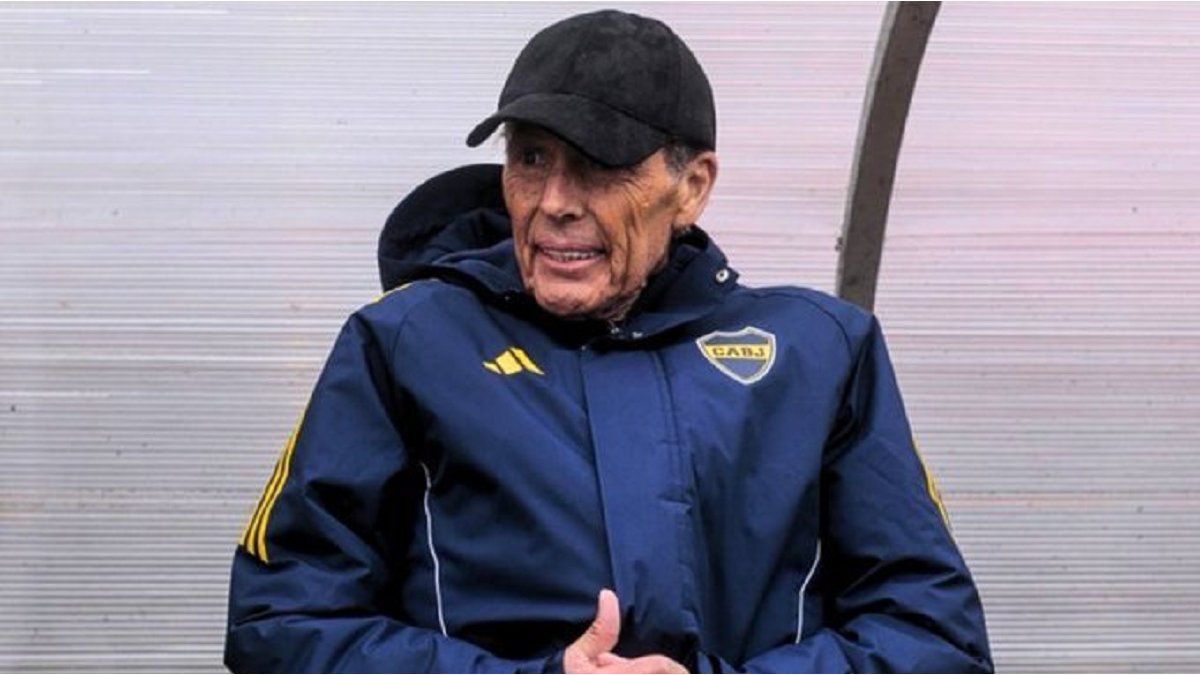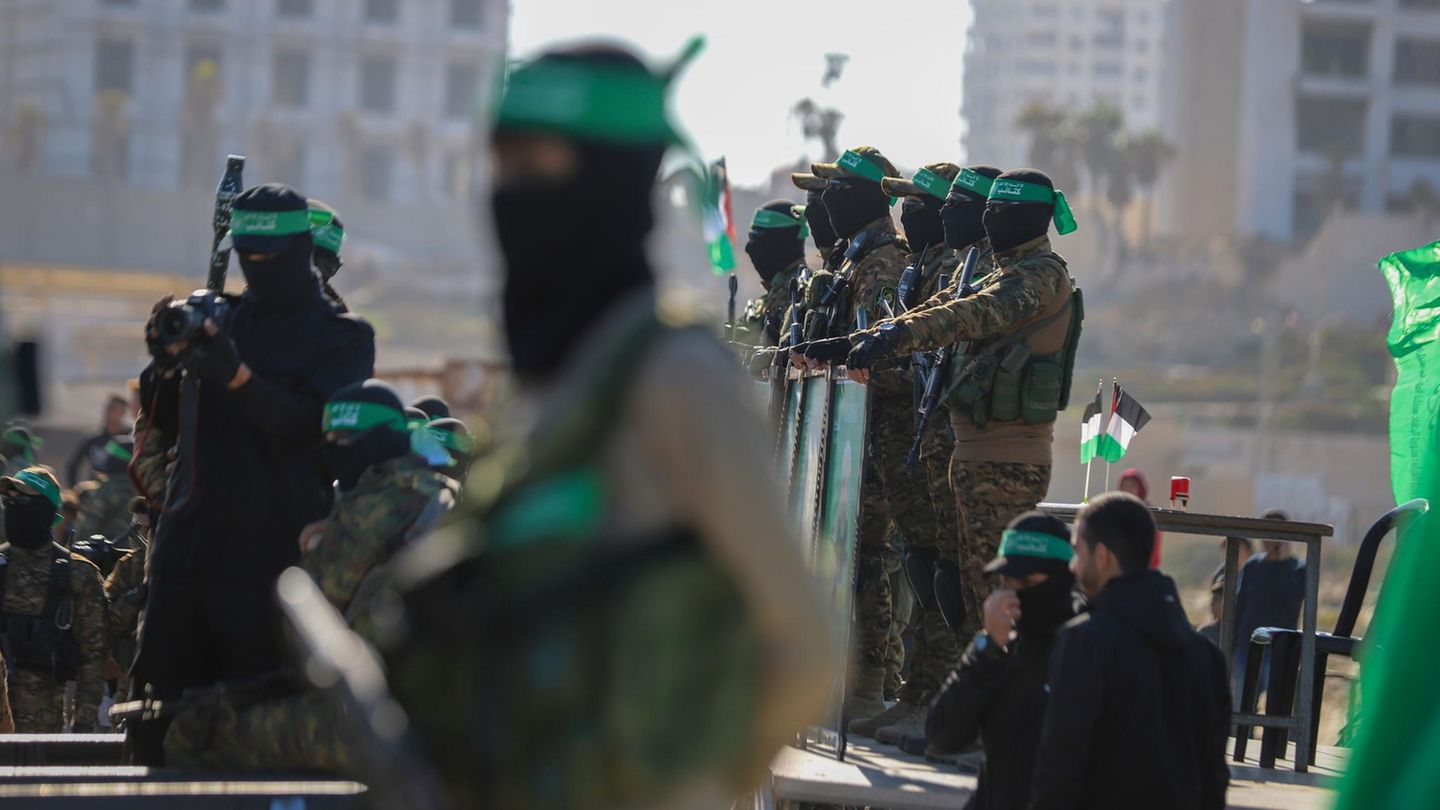questions and answers
The NATO special summit approves new NATO combat units in eastern and south-eastern Europe – to deter Russia. In addition, the alliance activates defenses against possible attacks with weapons of mass destruction. Everything you need to know at a glance.
Because of the Russian attack on Ukraine, NATO is strengthening its combat units in the eastern alliance countries. The former Soviet republics fear they will be next targeted by Russia, as President Vladimir Putin sees them as part of Russia’s “sphere of influence”. At the NATO special summit on Thursday, the heads of state and government approved four new battlegroups.
What did the Alliance decide?
In the future, NATO will send twice as many combat units to its eastern flank as before. As a response to the Russian aggression, there are to be eight so-called battlegroups in the east and south-east of the alliance area instead of the previous four. According to the summit statement, new units are to be sent to the member countries Romania, Bulgaria, Hungary and Slovakia.
Such associations already exist in Poland and the three Baltic states of Lithuania, Latvia and Estonia. They were deployed after Russia annexed Crimea in 2014, through a 2016 NATO decision.
What’s new about the plans?
Units for Bulgaria and Hungary are now official for the first time. In both NATO countries there has been domestic resistance to foreign troops under NATO command because of their relations with Russia.
Reinforcements were already planned for Romania and Slovakia. In mid-March, the Slovakian parliament approved the stationing of a 1,200-strong NATO unit. In Romania, France wants to command a new battle group. US soldiers who were previously stationed in Bavaria could be integrated into the association. The reinforcement should “stay as long as necessary,” emphasized NATO Secretary General Stoltenberg at the summit.
What exactly are battle groups?
According to NATO, these are “combat-ready units” that are intended to deter Russia. The multinational units with soldiers from the member countries should “make it clear that an attack on an ally would be considered an attack on the entire alliance,” as the alliance put it. This obligation to provide assistance is provided for in Article Five of the 1949 North Atlantic Treaty.
What’s in store for Germany?
For more than five years, Germany has headed the NATO combat unit in Lithuania with a total of 1,600 soldiers. The Federal Ministry of Defense has already announced reinforcements for this. According to media reports, the number of Bundeswehr soldiers could be increased from the current 900 to more than a thousand. The Ministry of Defense also wants to send soldiers to Slovakia.
In response to the Russian invasion, the Bundeswehr had also increased the number of Eurofighters stationed in Romania for airspace surveillance to six machines. In addition, the stationing of two Patriot air defense systems in Slovakia was promised.
How else is NATO arming itself?
The new combat units fit into a larger overall picture: According to NATO information, the USA currently has around 100,000 soldiers stationed in Europe, plus 40,000 forces on increased operational readiness under alliance command. More than a hundred combat aircraft and ships are also deployed.
In addition, according to Stoltenberg, the NATO military leadership has now for the first time activated the defense against possible Russian attacks with chemical, biological or even nuclear weapons.
Source: Stern
David William is a talented author who has made a name for himself in the world of writing. He is a professional author who writes on a wide range of topics, from general interest to opinion news. David is currently working as a writer at 24 hours worlds where he brings his unique perspective and in-depth research to his articles, making them both informative and engaging.



